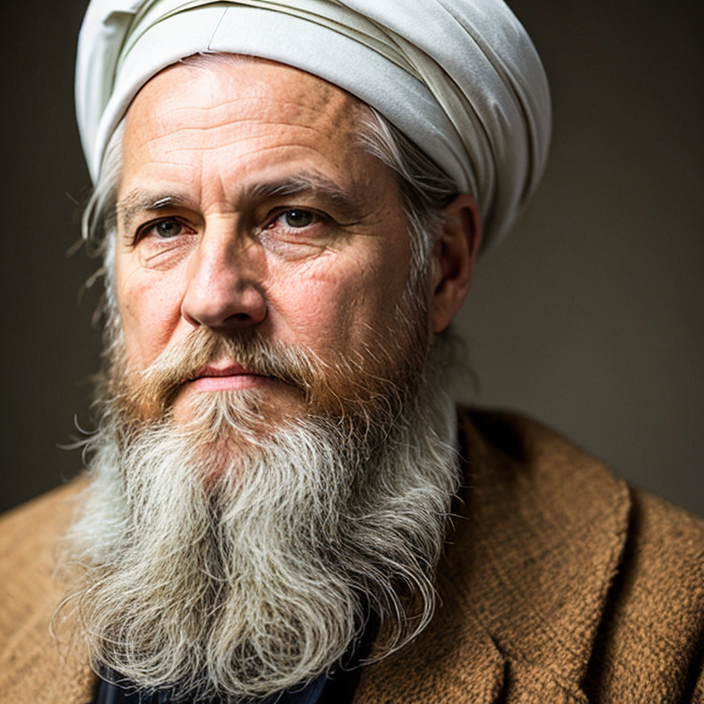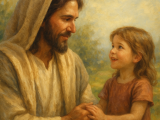The High Priest: A Symbol of Intercession and Spiritual Leadership

The position of the High Priest holds great significance in biblical history and Jewish tradition. The High Priest served as the highest-ranking religious leader among the Israelites, responsible for interceding on behalf of the people and performing sacred rituals in the Tabernacle and later in the Temple. In this post, we will explore the role and significance of the High Priest, the biblical foundation of the office, and the spiritual principles it represents.
I. The Role of the High Priest:
A. Intercession: The primary role of the High Priest was to act as an intermediary between Yehovah and the people of Israel, offering sacrifices and prayers for forgiveness and atonement on their behalf (Leviticus 16:11-19).
B. Spiritual Leadership: The High Priest served as a spiritual leader, guiding the people in matters of worship, interpreting the Law, and providing counsel on spiritual and moral issues.
C. Ritual Duties: The High Priest was responsible for conducting sacred rituals and ceremonies, including the offering of sacrifices, the maintenance of the Tabernacle/Temple, and the administration of holy festivals.
II. Biblical Foundation of the High Priest:
A. Aaron and the Levitical Priesthood: The establishment of the High Priesthood traces back to Aaron, the brother of Moses, who was appointed by Yehovah as the first High Priest. The office was subsequently passed down to Aaron’s descendants from the tribe of Levi (Exodus 28:1).
B. Priestly Garments and Consecration: The High Priest wore special garments and underwent a meticulous consecration process, symbolizing their separation and consecration for holy service (Exodus 29:5-9, Leviticus 8:7-9).
III. Spiritual Principles Represented by the High Priest:
A. Mediator and Intercessor: The High Priest foreshadowed the role of Yeshua as the ultimate Mediator and Intercessor between Yehovah and humanity. Yeshua’s sacrificial death and resurrection fulfilled the need for continual intercession, offering forgiveness and reconciliation to all who believe (Hebrews 7:23-27, 1 Timothy 2:5).
B. Access to Yehovah’s Presence: The High Priest’s exclusive access to the Holy of Holies symbolized the limited access people had to Yehovah’s presence. Through Yeshua, all believers now have direct access to the Father, no longer needing an earthly High Priest to approach Yehovah on their behalf (Hebrews 10:19-22).
C. Representation of the Priesthood of Believers: The High Priesthood represents the call for believers to be a “royal priesthood” (1 Peter 2:9), with each believer having the opportunity to approach Yehovah directly, offer spiritual sacrifices, and intercede for others.
IV. Application to Believers Today:
A. Intercession and Prayer: Believers are called to engage in intercession and prayer, following the example of the High Priest, and lifting up the needs of others before Yehovah.
B. Spiritual Leadership: Leaders within the faith community are encouraged to embrace the responsibilities of spiritual leadership, guiding and teaching others in matters of faith and discipleship.
C. Embracing Yeshua’s High Priestly Ministry: Believers are to recognize and embrace Yeshua as the ultimate High Priest, seeking His intercession and relying on His sacrificial work for forgiveness, atonement, and access to Yehovah’s presence.
Conclusion:
The role of the High Priest in biblical times carried significant spiritual and symbolic meaning. While the office of the earthly High Priest has ceased, believers can find spiritual principles and applications in the role, particularly










